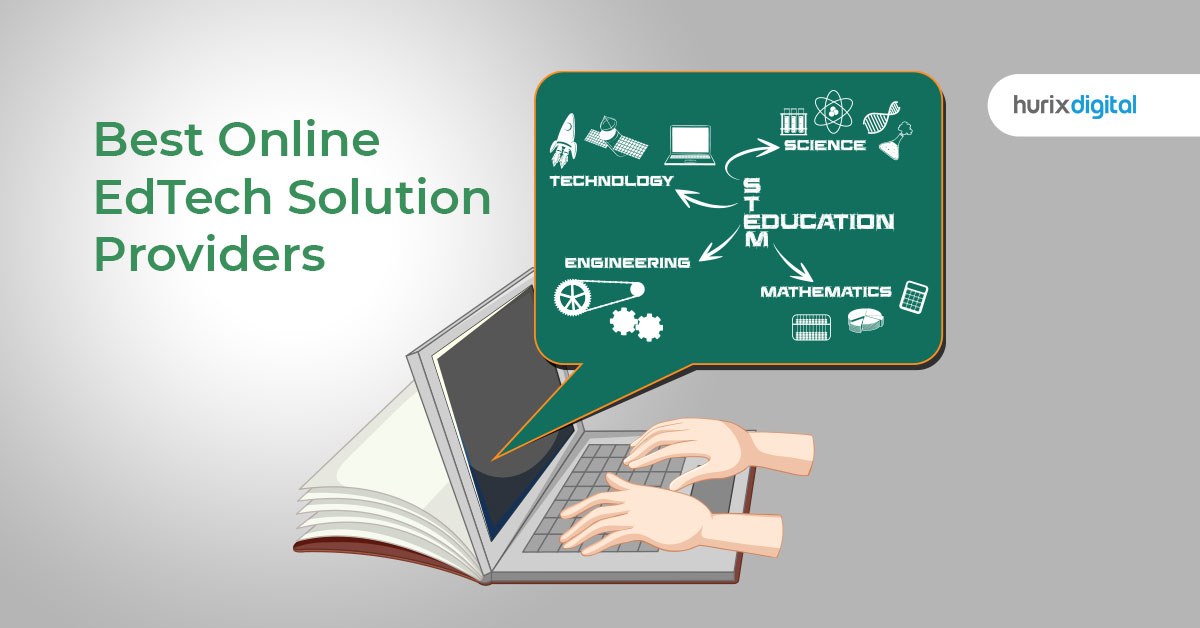
Navigating the Current Landscape of US Higher Education: Challenges and Opportunities
The landscape of US higher education is evolving. Enrollment numbers are holding steady post-pandemic, budgets are tightening, and there is a mix of interest and uncertainty about using AI and other new technologies in training.
With the increasing demand for skills that can be learned online, universities are realigning their strategies and focusing on providing accessible and flexible learning pathways.
However, this transition has its challenges and opportunities. The sector has witnessed a decline in enrollment numbers since 2011, with 20.3 million students enrolled in fall 2022/23.
This shift presents both challenges and opportunities for institutions, students, and educators alike. In this blog, we will explore the key issues and trends shaping the future of US higher education.
Table of Contents:
- Challenges in the US Higher Education
- Opportunities in the US Higher Education
- Strategies for Navigating the Landscape
- Conclusion
Challenges in the US Higher Education
Amidst the current US higher education landscape, several challenges stand tall and demand more attention and strategic solutions. Some of the challenges are stated below:
-
Enrollment Dynamics
The pandemic has had a profound impact on enrollment numbers, with community colleges grappling with enrollment sustainability and smaller institutions facing closure.
In fall 2023, total college enrollment (graduate and undergraduate) was reduced by 4%, with undergraduate enrollment decreasing by 5.6% and enrollment at community colleges falling by 12%. Graduate enrollment, however, increased by 4.8%.
-
Budget Constraints
With government funding declining, institutions are recalibrating their financial models to adapt to the changing landscape. Multi-year decreased state funding for public institutions and community colleges has resulted in significant strain on these institutions.
-
Affordability
The rising cost of education has made it difficult for students to see the value of a college education, especially with the federal government spending $30 billion on Pell Grants for lower-income students in 2023. Over time, there has been a decline in the affordability of public four-year colleges and universities.
-
Diversity and Inclusion
Ensuring equal opportunities and representation within higher education institutions is crucial for a more inclusive and equitable future. In the U.S., undergraduate enrollment grew 1.2 percent in fall 2023.
However, freshman enrollment only grew by 0.8%, driven by increases among older students, while enrollment of first-year students 20 years old and younger remains 5.3% below 2019 levels. Developing strategies to support students from all backgrounds in earning their degrees promptly will be essential going forward.
Also Read: Is Borderless Education Changing the Dynamic of Higher Education?
Opportunities in US Higher Education
Despite the various challenges faced, the current US higher education landscape presents numerous opportunities for innovation and growth. Here are some of the opportunities that it has to offer:
-
Digital Transformation
The rise of online and hybrid programs presents an opportunity for institutions to adapt to the changing needs of students. According to a study by McKinsey & Company, 86 percent of new jobs projected to be created through 2030 are in fields such as nursing, teaching, and cybersecurity, which can be effectively taught through online and hybrid programs.
-
Skills-Based Learning
The demand for skills that can be learned online is growing, offering a chance for higher education to focus on practical, job-ready skills. According to a recent study, the shift towards skills-based hiring has accelerated, with 55% of companies removing degree requirements, particularly for entry-level and mid-level roles, in 2023.
Moreover, over 80% of middle-skill jobs demand digital literacy. It is quickly becoming standard across higher-skill roles as well, highlighting the need for institutions to adapt their curricula to meet these emerging demands. Witnessed a reset in degree requirements.
This shift underscores the importance of hiring based on demonstrated skills and competencies rather than relying solely on traditional educational credentials. Thus, skill-based learning must be added to the curriculum to attract more students.
-
Inclusivity and Representation
Embracing diversity and ensuring equal opportunities can lead to more inclusive and equitable decision-making. In a study by the National Center for Education Statistics, 61.4 percent of 2023 high school graduates were enrolled in college.
To improve access to higher education for underrepresented groups, institutions can focus on creating more inclusive environments and offering programs that cater to the needs of a diverse student body.
Strategies for Navigating the Landscape
To navigate the complex landscape of US higher education, institutions must adopt strategic approaches that seize opportunities while addressing challenges head-on. Some of the strategies are:
1. Adaptive Approaches
Institutions must be proactive and adaptive to remain relevant and impactful in the evolving higher education landscape.
- Embrace the rise of online and hybrid programs to adapt to the changing needs of students.
- Collaborate with industries to bridge the gap between academia and industry needs, fostering agility in adapting to emerging workforce demands.
- Align strategic priorities with the growing demand for online and hybrid programs, recognizing their importance in providing accessible and flexible learning pathways.
2. Data-Centric Orientation
A data-centric approach can improve decision-making and drive institutional and student success.
- Analyze data on enrollment, retention, and student outcomes to identify areas for improvement and develop targeted strategies.
- Implement robust financial aid programs, academic support services, and initiatives fostering a sense of community and belonging to address the root causes of attrition.
- Utilize salesforce as the hub of a curated technology ecosystem, integrating with numerous communications tools and on-campus systems to streamline processes and boost staff productivity.
Transparency and Representation
Ensuring transparency and representation in decision-making processes can lead to more inclusive and equitable outcomes.
- Provide a more lucid and comprehensive account of the costs and outcomes associated with programs to promote transparency.
- Devise programs that cater to the needs of diverse student populations to ensure inclusivity and address the needs of underrepresented groups.
- Foster a culture of transparency within institutions to encourage open dialogue and promote equitable decision-making.
Check out EXCLUSIVE: Hurix Digital Optimizes a Student Assessment Platform, Improving its Performance and Saving Costs
Conclusion
The current landscape of US higher education presents both challenges and opportunities. By embracing digital transformation, focusing on skills-based learning, and promoting inclusivity and representation, institutions can navigate this shifting terrain and better prepare students for the future.
As we continue to adapt to this new reality, it is crucial to remain transparent, proactive, and adaptive to ensure a more equitable and accessible education system for all.
Hurix Digital offers a range of solutions to help educational institutions navigate the challenges and opportunities of the current higher education landscape. From digital transformation strategies to data-centric approaches, we are committed to supporting institutions in their quest for excellence and inclusivity.
Contact Hurix Digital today to learn more about our services and how we can help you achieve your goals.

Senior Vice President
A Business Development professional with >20 years of experience with strong capability to sell new solutions and develop new markets from scratch. New Market Entry Specialist with experience of working in two of the largest emerging markets – China & India. Also covered other key markets in APAC, US, EU & ME. Exceptional experience of conceptualizing, ideating and selling new learning technologies like VR AR, etc. across multiple industry verticals.











